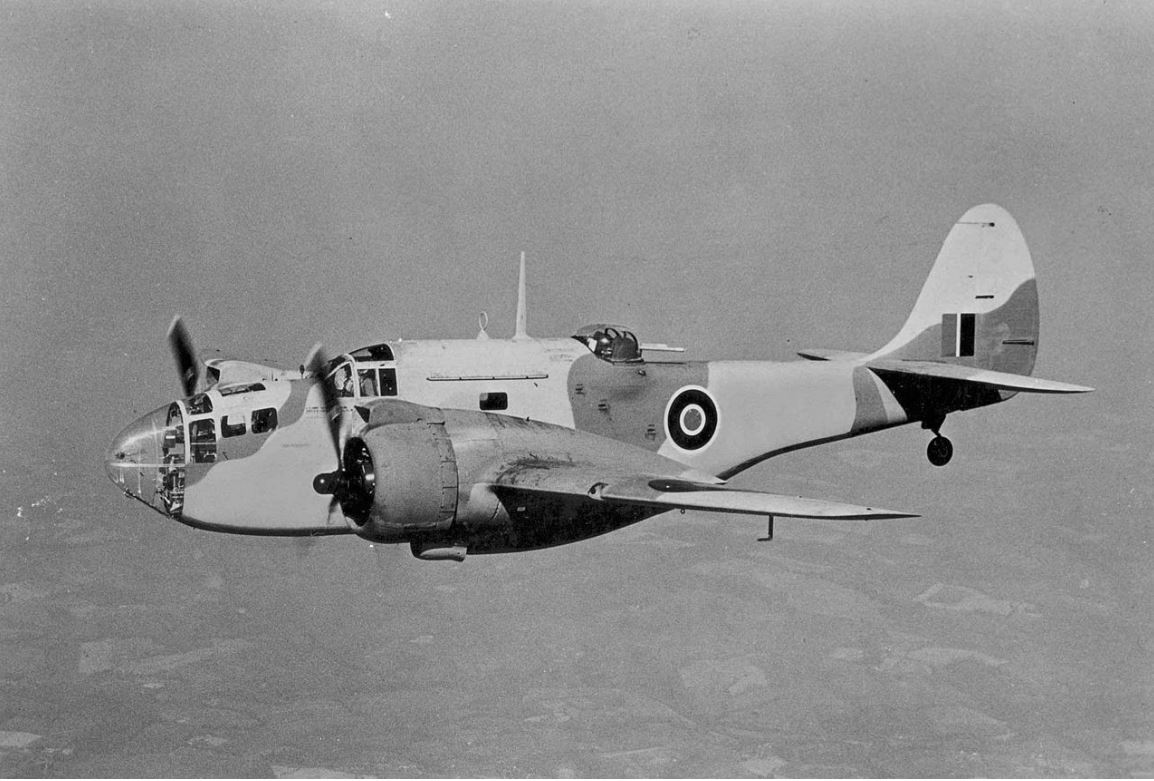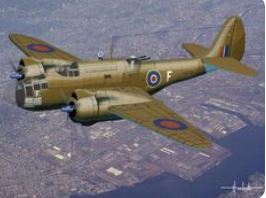Martin Baltimore
From Our Contribution
Contents
Remarks
Original order was for France, but following their capitulation it was diverted to the RAF. Primary RAF use was in the Mediterranean and Middle East theatres of war. The Baltimore suffered massive losses when it was used as a low-level attack aircraft against Rommel's Africa Corp, especially in the chaos of the desert war where most missions went unescorted. Operating at medium altitude with fighter escorts, the Baltimore had a very low loss rate, with the majority of losses coming from operational accidents. Most Baltimores were scrapped soon after the war, although one RAF squadron continued to use them in Kenya where the aircraft were used in aerial mapping and locust control until 1948.
Australian use of the Baltimore was confined to two squadrons: No. 454 Squadron RAAF (Baltimore III, IV, V) (North Africa, Pescara Italy: February 1943 – 14 August 1945), and No. 459 Squadron RAAF (Baltimore IV – V) (Mediterranean: July 1944 – March 1945).
General characteristics
- Crew: Four - Pilot, navigator/bombardier, radio operator, gunner
- Length: 14.8 m
- Wingspan: 18.7 m
- Height: 4.32 m
- Empty weight: 7,253 kg
- Max takeoff weight: 10,900 kg
- Powerplant: 2 x Wright radial engines - 1,700 hp each
- Maximum speed: 488 km/h at 3,540 m
- Range: 1,577 km
- Service ceiling:
- Armament
- Guns: 4 x wing mounted 7.62mm M1919 Browning machine guns; 2 - 4 x .303 machine guns in dorsal turret; 2 x .303 machine guns in ventral position; an dup to 4 x fixed .303 rear facing machine guns
- Bombs: 910 kg carried internally
Crew members
Ground Crew
No. 454 Squadron RAAF
- Ivan Lindsay Dunn 28 Dec 1944 - 14 Aug 1945
No. 459 Squadron RAAF
- Joseph Butler Boyd 28 Dec 1944 - 26 Feb 1945

